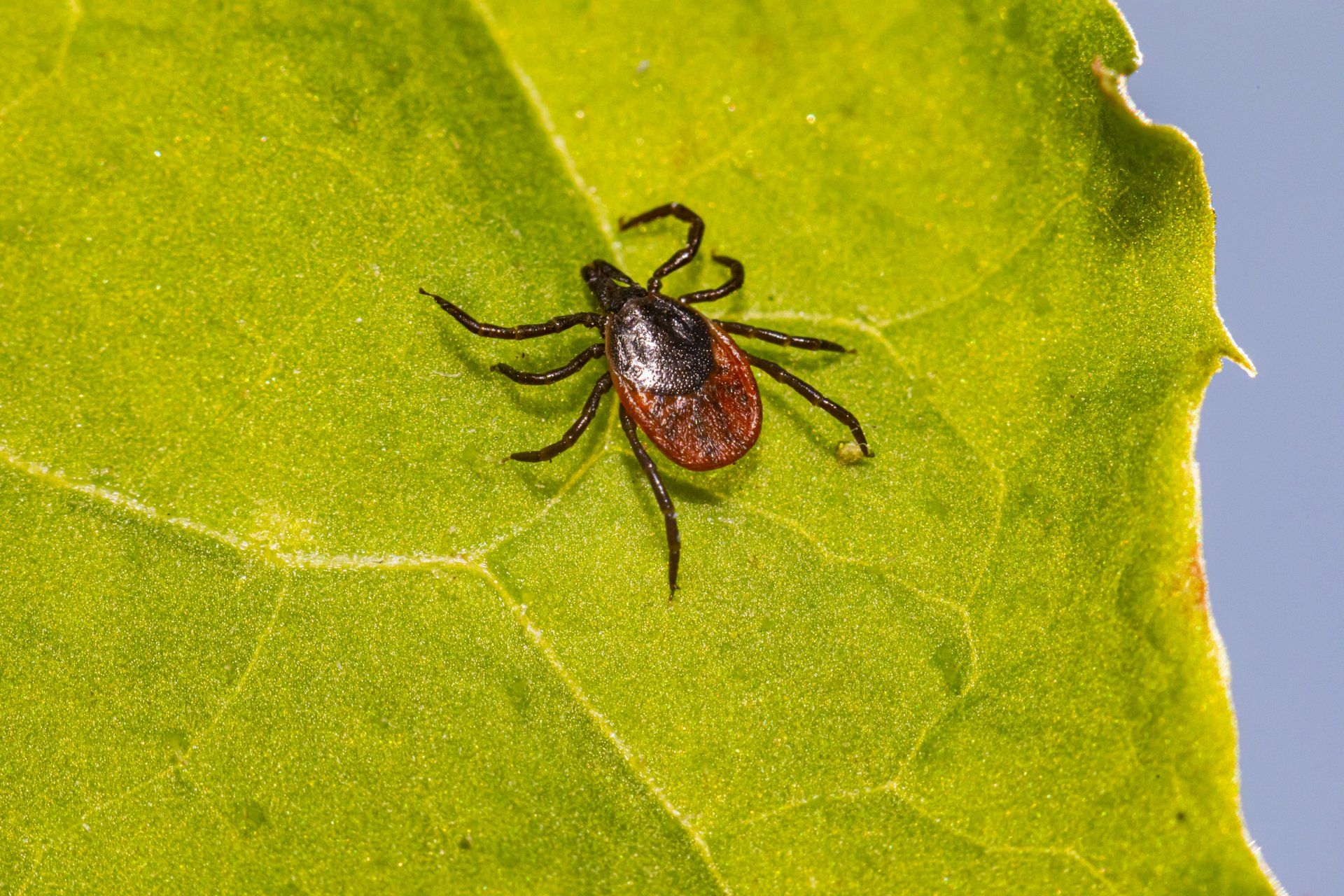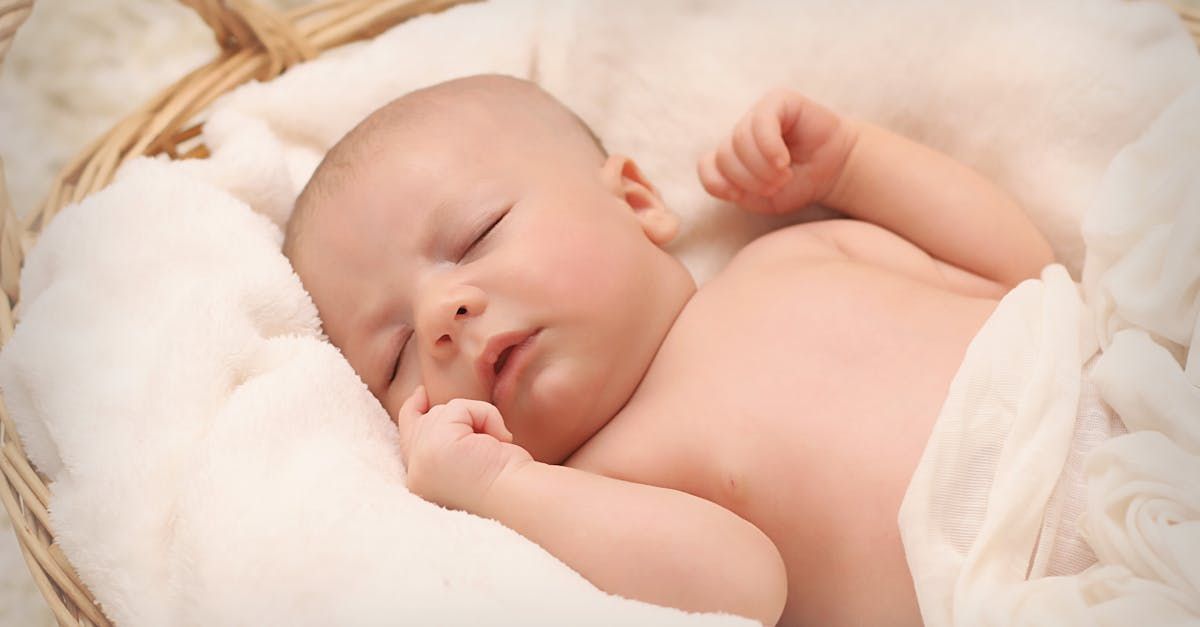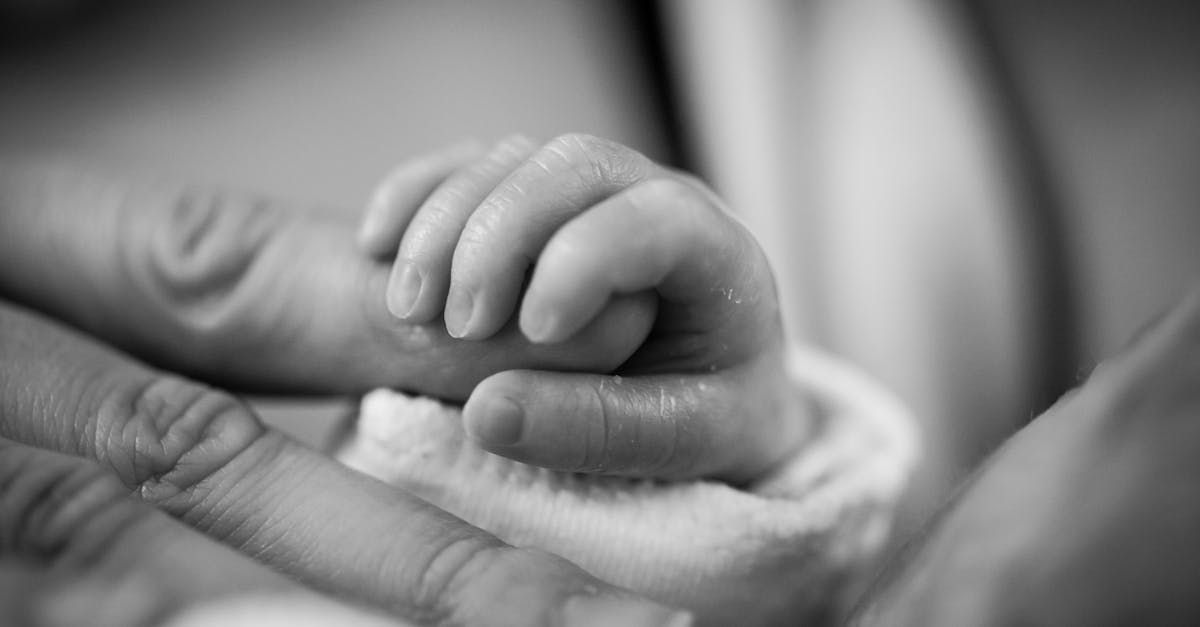Binky Baby
Binky Baby
What do I need to know before offering a pacifier?
If your baby wants to suck beyond what nursing or bottle-feeding provides, a pacifier may satisfy that need. Before offering a pacifier, keep the following tips in mind:
Offer a pacifier at nap time and bedtime. This helps to reduce the risk of sudden infant death syndrome (SIDS) up to 4 months of age.
If you are breastfeeding, wait until breastfeeding is well established prior to offering a pacifier.
Do not use a pacifier to replace or delay meals. Only offer it when you are sure your baby is not hungry.
Do not force your baby to take the pacifier if he doesn't want it.
Never tie a pacifier to your child's crib or around your child's neck or hand. This is very dangerous and could cause serious injury or even death.
Be prepared for night waking. If your child depends on a pacifier to fall asleep at night, he may wake up when the pacifier falls out.
What should I keep in mind when shopping for a pacifier?
Pacifiers come in different shapes and sizes. Try different kinds until you find the one your baby prefers.
Look for a 1-piece model that has a soft nipple (some models can break into 2 pieces).
The shield should be at least 1 1/2 inches across so a baby cannot put the entire pacifier into her mouth. Also, the shield should be made of firm plastic with air holes.
Make sure the pacifier is dishwasher-safe. Follow the instructions on the pacifier and boil it or run it through the dishwasher before your baby uses it. Be sure to squeeze the water out of the nipple with clean hands; otherwise, the hot water inside might burn your baby's mouth. Frequent washing to prevent germ transfer is recommended.
Buy some extras. Pacifiers have a way of getting lost or falling on the floor or street when you need them most.
Do not use the nipple from a baby bottle as a pacifier. If the baby sucks hard, the nipple may pop out of the ring and choke her.
Pacifiers fall apart over time. Some manufacturers have expiration dates for pacifiers. Do not keep pacifiers past that time. Inspect them every once in a while to see whether the rubber has changed color or has torn. If so, replace them.
Pacifiers are linked to increased ear infections after 6 months of age and can be more difficult to wean once your baby uses the pacifier to relieve teething discomfort. Plan on discontinuing pacifier use at 6 months of age.
For more information please see https://www.healthychildren.org/English/ages-stages/baby/crying-colic/Pages/Pacifiers-Satisfying-Your-Babys-Needs.aspx










